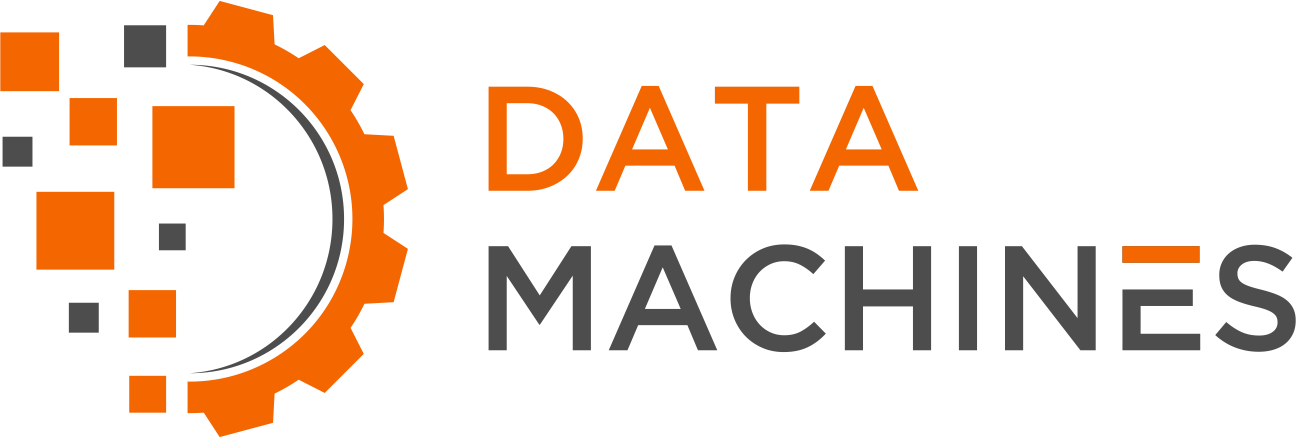Linux on Mars: How the Operating System will Support Ingenuity’s First Flight on Mars
This year has already been full of historic firsts for NASA, including the landing of the Perseverance rover on the surface of Mars. As the space agency’s current rover, Curiosity, approaches the end of its life, Perseverance is poised to take over the duty of exploring Mars and providing insight into life on the martian planet. What makes this mission especially unique is that, for the first time ever, a robotic helicopter, Ingenuity, has accompanied the rover on its journey. Ingenuity is the first aircraft on Mars and is run using Linux. As of this publish date, Ingenuity is scheduled for its inaugural flight on Wednesday, April 14.
Linux has remained a steadfast, trusted operating system for 30 years. One of the main reasons it is so reliable is because of one shining characteristic that we at DMC value most - it’s open source. This means that years before Ingenuity was set to accompany Perseverance to Mars, a massive scientific community worked together to improve, patch, and add to its code so that by the time Ingenuity launched, the rover was guaranteed to function efficiently. Of course, the hardware can’t be fixed now that the rovers have arrived at their destination, but it is still possible for the software to be patched from Earth if needed.
To further emphasize its reliability, Linux is actually one of the most stable platforms. According to Open Source for U, “uptime for the Linux servers is very high and the availability is around 99.9 per cent[sic]”, meaning that Ingenuity “need not reboot [the] Linux server after every update or patch”. This is a very important characteristic for Mars’ first, newly-constructed helicopter drone which will be the first aircraft to make a controlled, atmospheric flight on any planet beyond Earth. Ingenuity’s flight tests and observations are expected to show scientists what needs to be improved in its programming. Meanwhile, it can continue working while undergoing necessary, automated patches. It would be nothing short of inconvenient, after all, if the craft had to shut down for updates in the middle of its test flights.
Most importantly, Linux is very flexible and easy to customize, which - in theory - will help contribute to the success of Ingenuity’s unique mission to be the first flying craft on Mars. For instance, developers have customized the craft to automate photography; to send data and information to Perseverance while the two devices are separated, specifically 16 feet apart; and to fly a set number of feet above the Red Planet’s surface. This last customizable feature is the most important, considering the main goal of Ingenuity is to prove controlled flight is possible in extraterrestrial environments.
At the time this article is being written, these notions of flight are solely hypothetical. NASA plans to begin flight tests on April 14, 2021. Because of the thin atmosphere - which measures at 1% of Earth’s - scientists were thrilled to have it survive one night, simply sitting on Mars’ surface. Should the craft succeed in its test flights and following 30-day expedition, we could be looking at more Linux-run hovercrafts like the Ingenuity on other celestial objects (namely Titan, one of Saturn’s 82 moons, hopefully in the year 2027). Needless to say, we have Linux to thank if Ingenuity is able to run as efficiently and accurately as we have hoped and prepared for. In the meantime, Ingenuity has provided learning opportunities and promotions across the world, with special livestreams and broadcasts scheduled throughout April. Click here to head to NASA TV and follow along with Ingenuity's mission. No doubt, Linux’s involvement will surface in these seminars, and we will soon have a new generation of engineers and coders ready to boldly launch new crafts and drones into space.
Learn more about DMC’s stance on open-source systems like Linux here.
